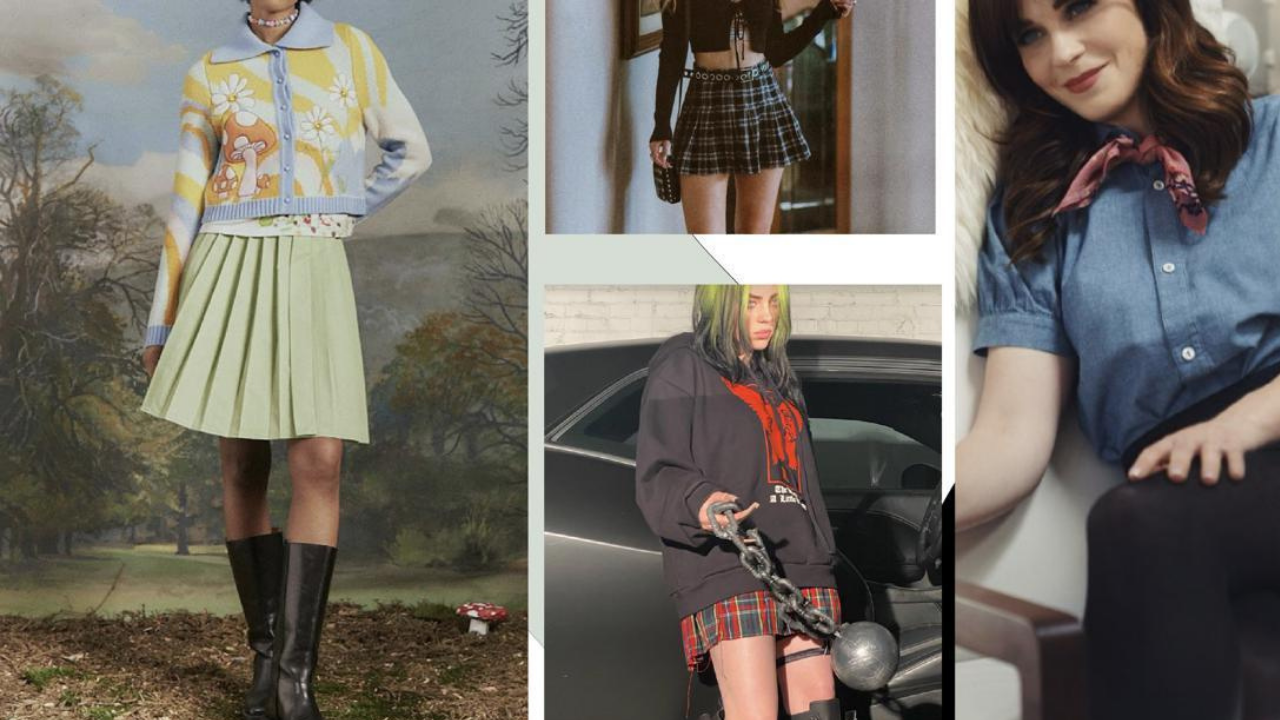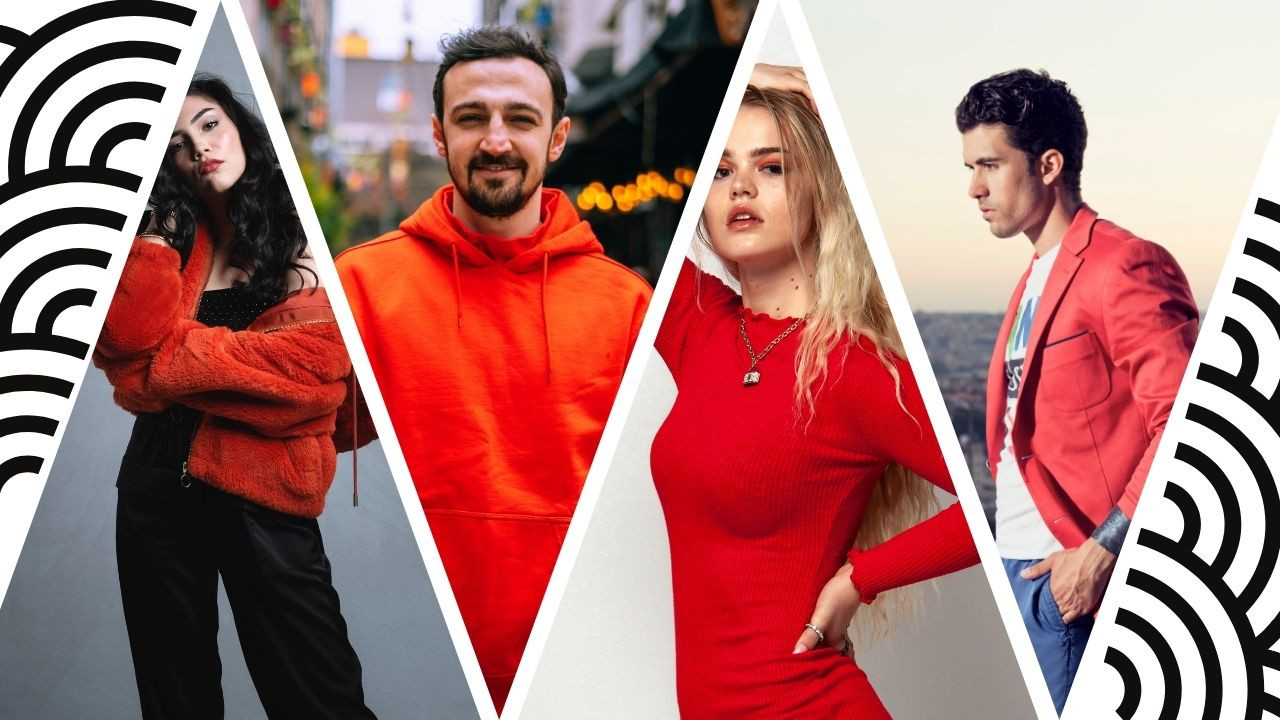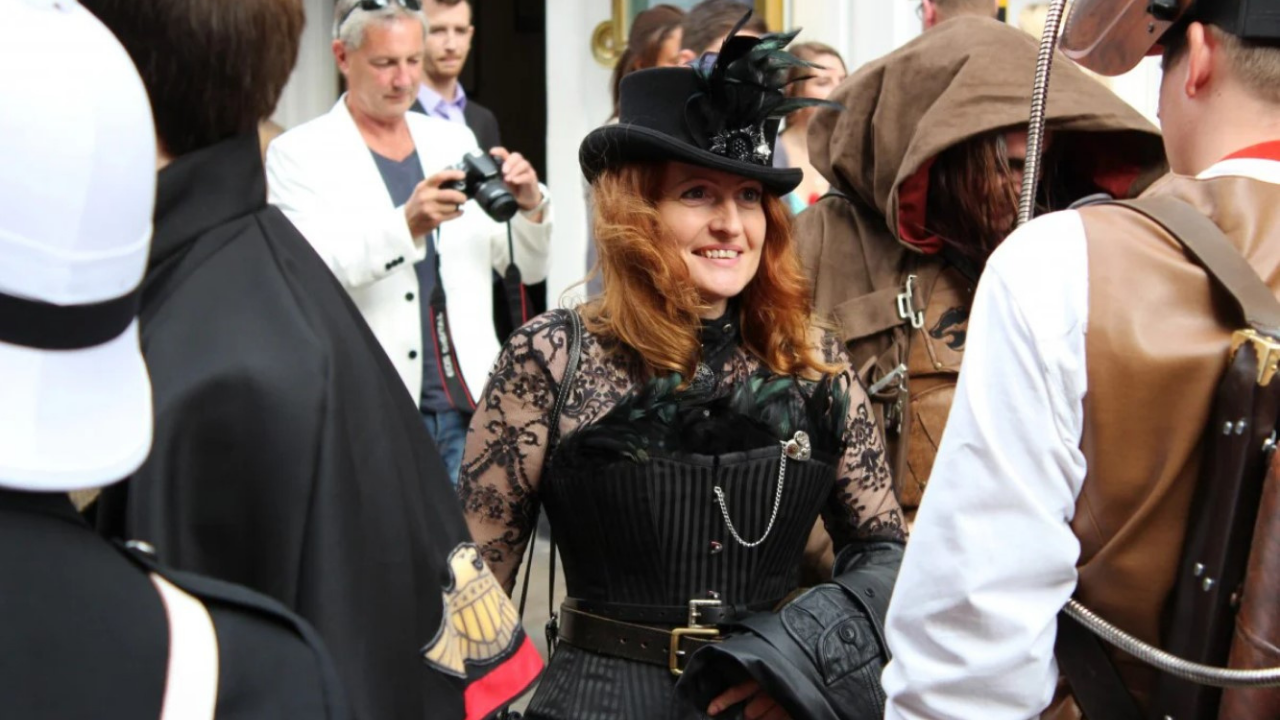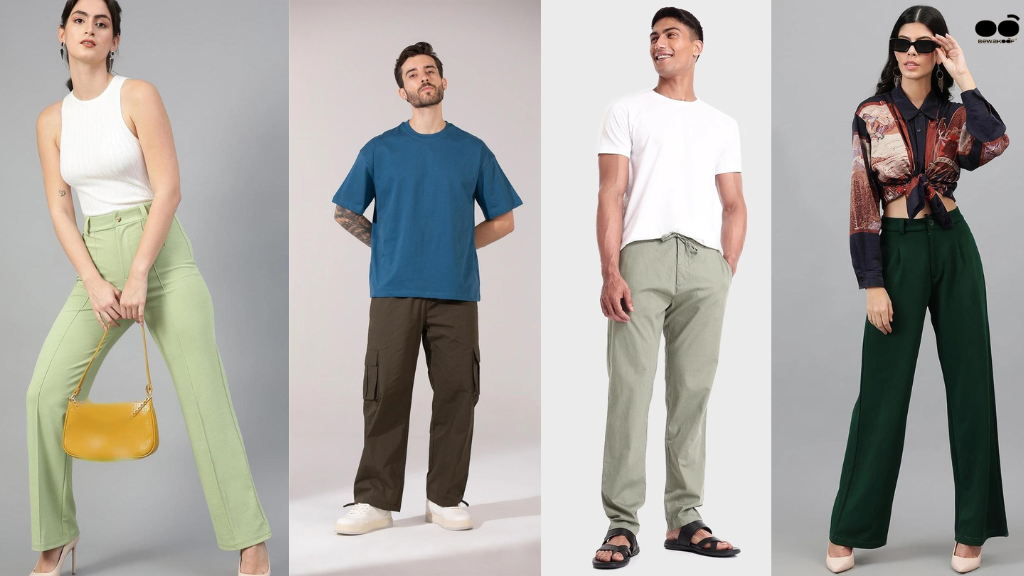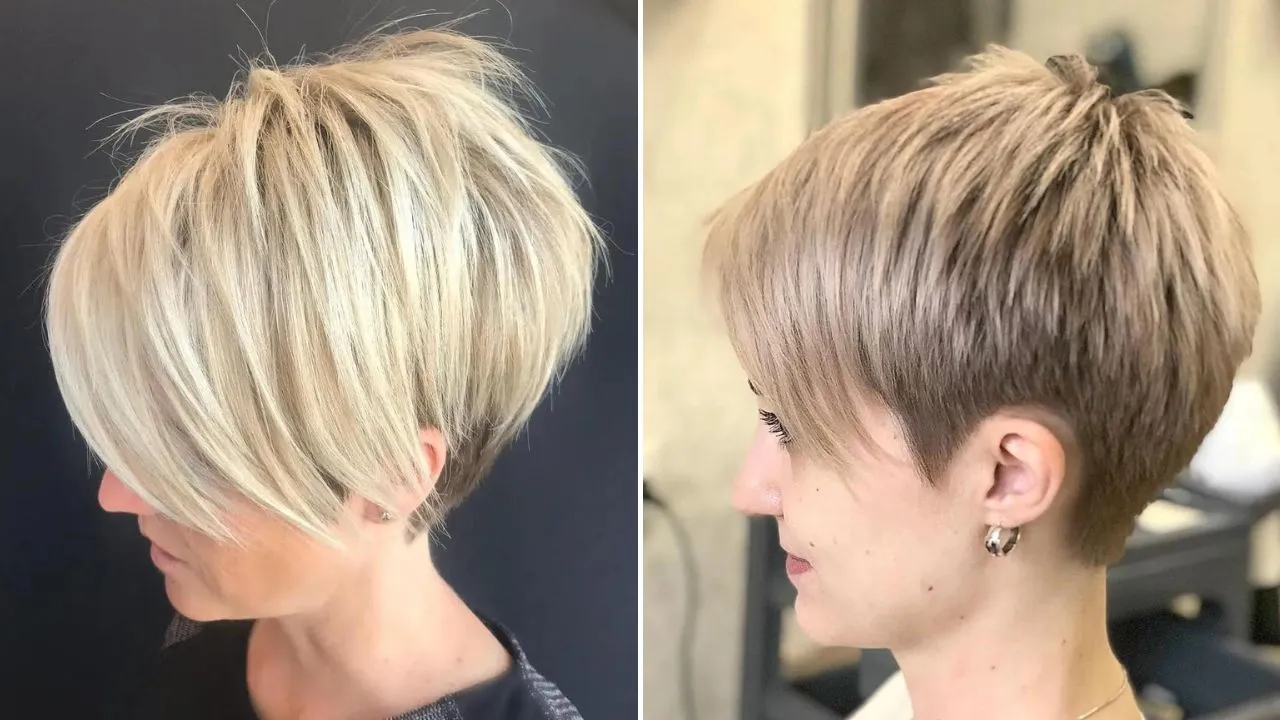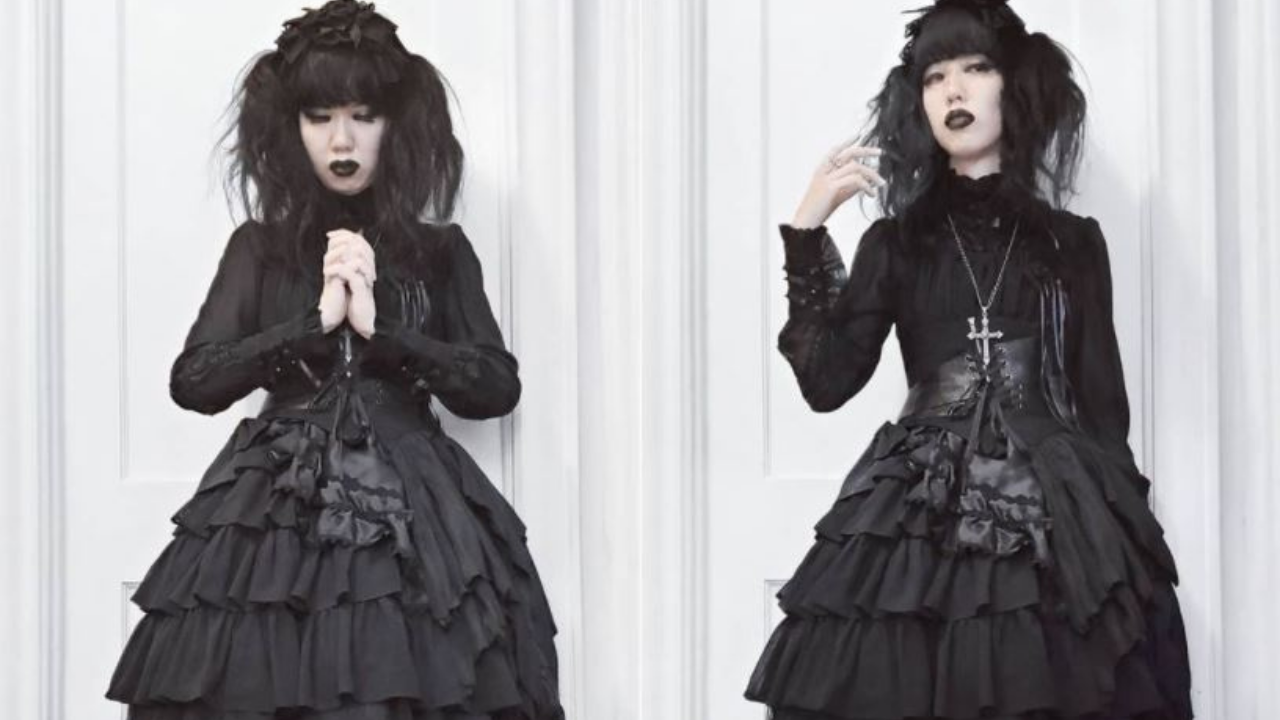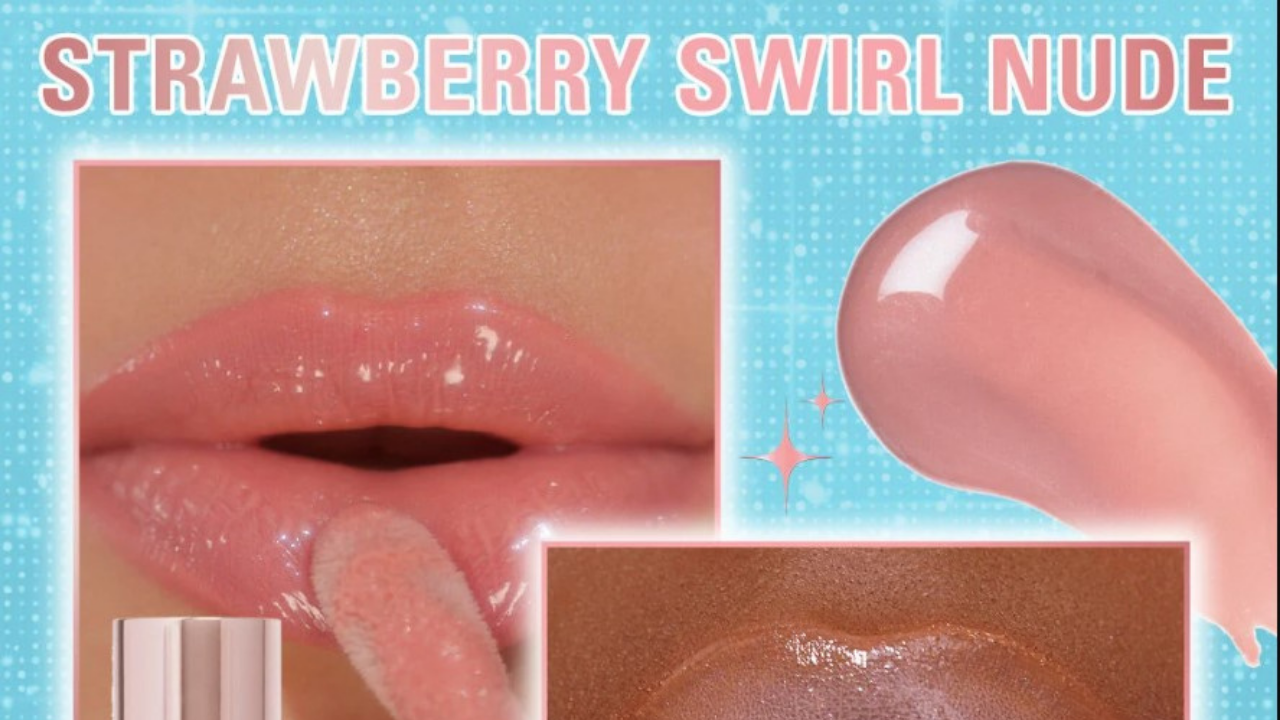Some trends appear overnight and vanish just as quickly. Others, however, embed themselves so deeply into our routines that they stop feeling like trends altogether. These enduring aesthetics go beyond surface-level fashion, they shape how we live, express ourselves, and even define our everyday choices.
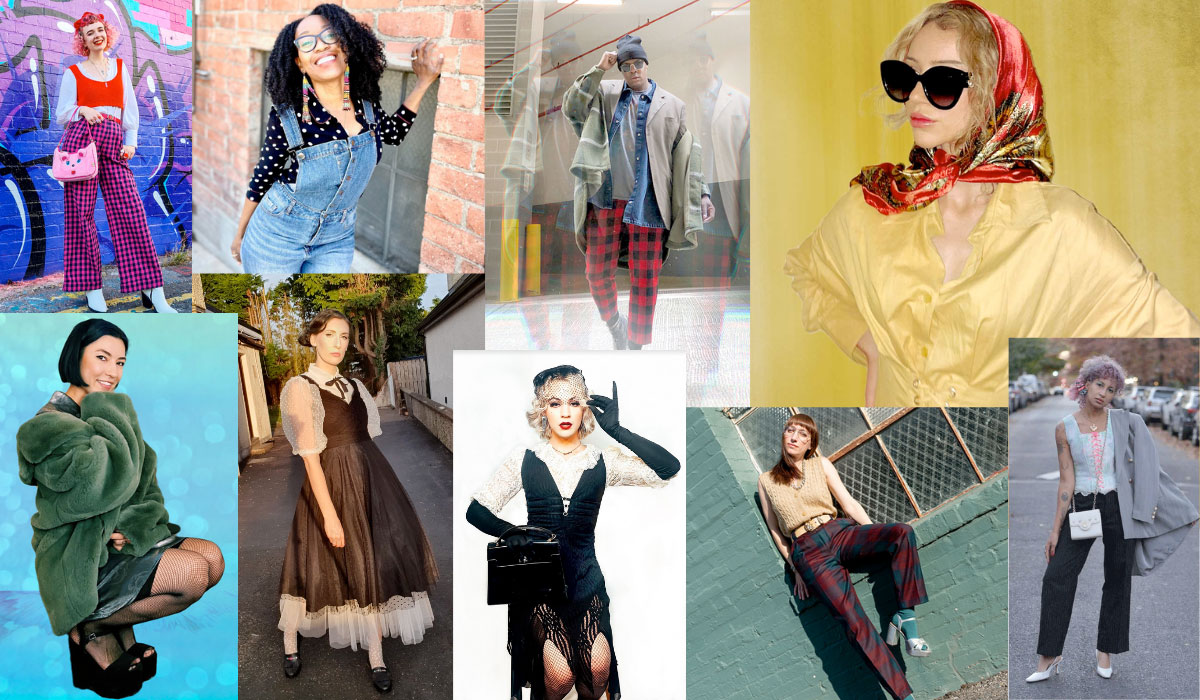
From Trend to Everyday Aesthetic
Trends usually start as statements, often tied to identity or rebellion. But once they’re widely adopted, they evolve into everyday norms. Take denim: once rugged workwear, later a symbol of youth rebellion, and now a universal staple. The same story has played out with sneakers, yoga pants, and even minimalist interiors. What begins as a style becomes part of daily life when people no longer view it as optional, but essential.
The Role of Nostalgia
Nostalgia is one of the strongest drivers of lasting aesthetics. Revivals of 80s blazers or 90s chokers aren’t just about style, they’re about emotional memory. These looks connect generations, offering younger audiences a sense of retro “cool” while sparking recognition in older ones. That emotional connection keeps certain aesthetics alive far longer than others.
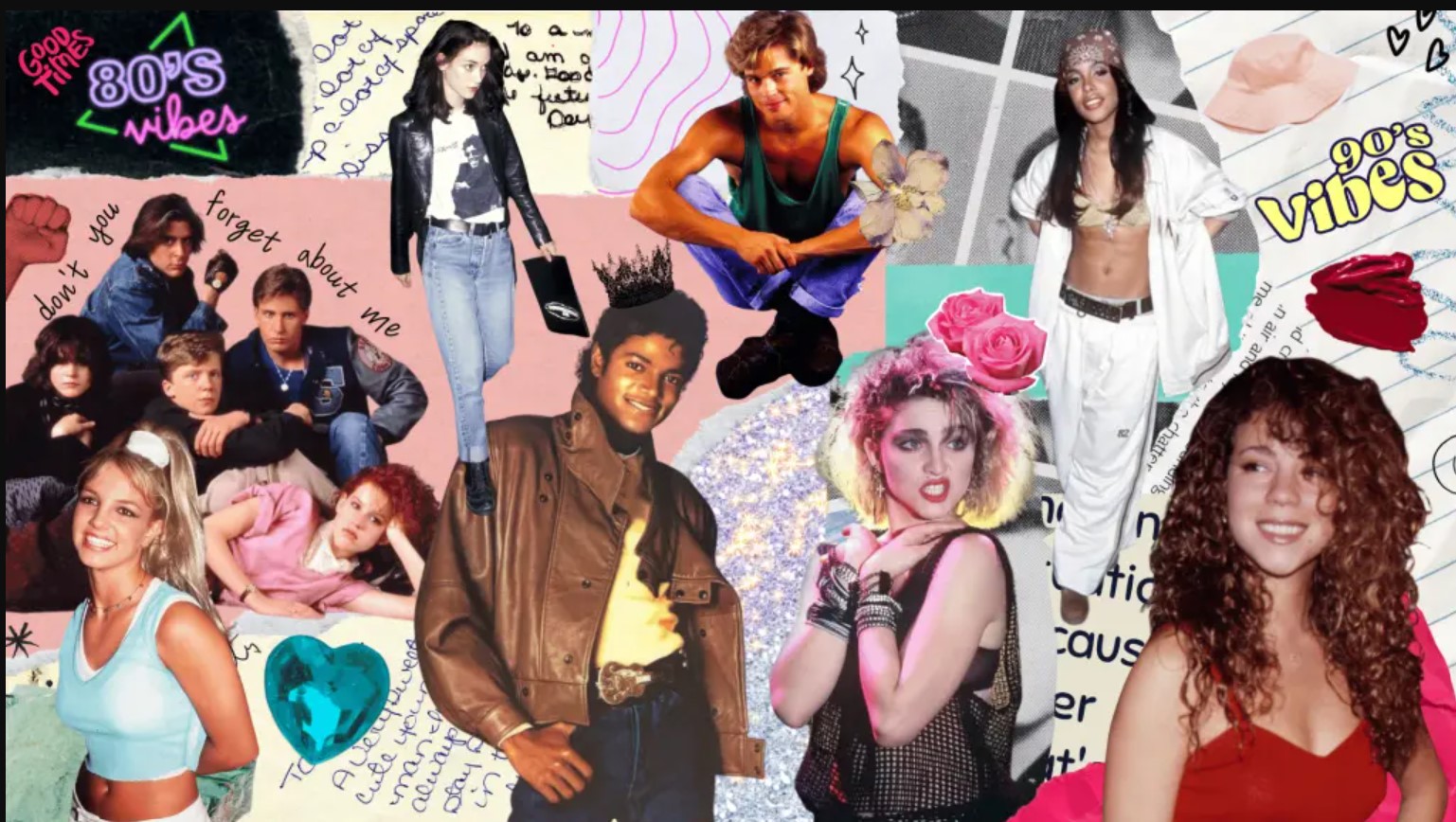
Comfort as a Deal-Breaker
If nostalgia explains the why, comfort explains the how. Athleisure, for instance, began as a niche movement but quickly became a way of life. Sneakers that once belonged on tracks are now worn in offices and weddings alike. People discovered that style and comfort could coexist, and once comfort proves its worth, it’s nearly impossible to give it up.
How Social Media Cements Habits
Platforms like TikTok, Instagram, and Pinterest accelerate the journey from “trend” to “everyday.” Once an aesthetic gets repeated enough in minimalist interiors, natural beauty looks, and capsule wardrobes, it becomes familiar, even expected. Importantly, the ones that stick tend to offer more than just visuals. Skincare routines, for example, didn’t fade with the next beauty fade, they became part of a self-care lifestyle.
Why Certain Aesthetics Refuse to Leave
Longevity comes when an aesthetic does more than look good. The ones that endure tend to:
- Provide functionality (comfort, ease, or convenience).
- Carry emotional weight (nostalgia, identity, memory).
- Gain cultural acceptance beyond their origins.
- Receive digital amplification that normalizes them.
When all four overlap, a trend stops being a fleeting choice and becomes an everyday aesthetic.
Everyday Examples
- Denim: From utilitarian gear to a universal wardrobe piece.
- Sneakers: Once for athletes, now for all occasions.
- Minimalism in interiors: Clean, decluttered spaces tied to wellness.
- Streetwear: From counterculture to luxury fashion crossover.
- Natural beauty: A shift from heavy cosmetics to skincare-first routines.
These examples remind us that trends evolve into aesthetics when they solve practical problems, spark emotional resonance, and align with how people want to live.
Thoughts
Trends that refuse to leave are no longer trends, they’re cultural markers. They reflect not just how we dress or decorate but how we feel about comfort, identity, and belonging.
